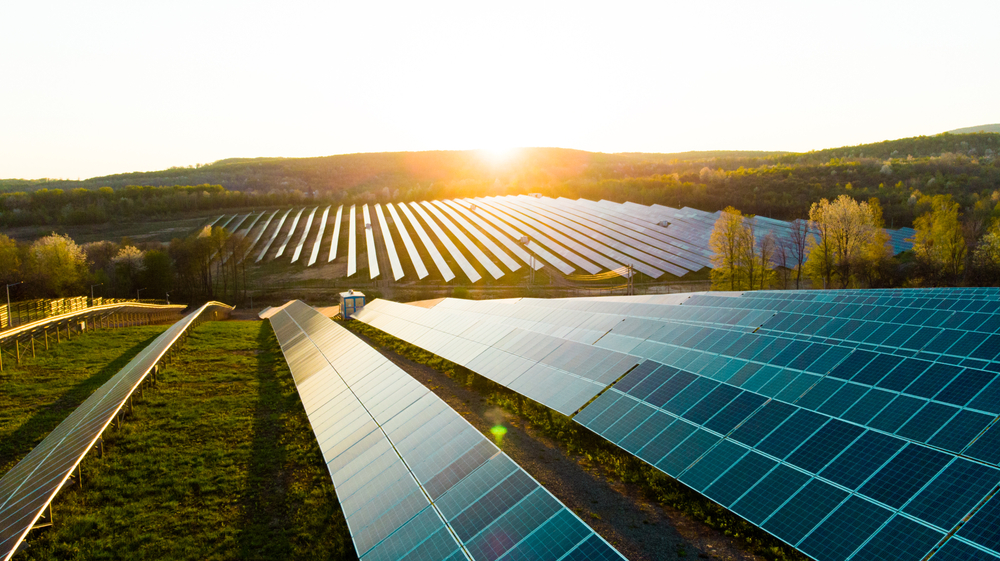
The International Energy Agency (IEA) 2022 World Energy Outlook released today has identified that global demand for fossil fuels will peak by the mid 2020s.
The global energy crisis triggered by Russia’s invasion of Ukraine is causing profound and long-lasting changes that have the potential to hasten the transition to a more sustainable and secure energy system, according to the report.
The biggest energy tremors have been felt in the markets for natural gas, coal and electricity – with significant turmoil in oil markets as well. With unrelenting geopolitical and economic concerns, energy markets remain extremely vulnerable, and the crisis is a reminder of the fragility and unsustainability of the current global energy system, the report warns.
The analysis finds little evidence to support claims from some quarters that climate policies and net zero commitments contributed to the run-up in energy prices. In the most affected regions, higher shares of renewables were correlated with lower electricity prices – and more efficient homes and electrified heat have provided an important buffer for some consumers, albeit far from enough. The heaviest burden is falling on poorer households where a larger share of income is spent on energy.
Alongside short-term measures to try to shield consumers from the impacts of the crisis, many governments are now taking longer-term steps. Some are seeking to increase or diversify oil and gas supplies, and many are looking to accelerate structural changes.
The most notable responses include the US Inflation Reduction Act, the EU’s Fit for 55 package and REPowerEU, Japan’s Green Transformation (GX) programme, Korea’s aim to increase the share of nuclear and renewables in its energy mix, and ambitious clean energy targets in China and India.
In the report’s Stated Policies Scenario, which is based on the latest policy settings worldwide, these new measures help propel global clean energy investment to more than US$2 trillion a year by 2030, a rise of more than 50 per cent from today. As markets rebalance in this scenario, the upside for coal from today’s crisis is temporary as renewables, supported by nuclear power, see sustained gains. As a result, a high point for global emissions is reached in 2025. At the same time, international energy markets undergo a profound reorientation in the 2020s as countries adjust to the rupture of Russia-Europe flows.
IEA Executive Director Fatih Birol said energy markets and policies have changed as a result of Russia’s invasion of Ukraine, not just for the time being, but for decades to come.
“Even with today’s policy settings, the energy world is shifting dramatically before our eyes. Government responses around the world promise to make this a historic and definitive turning point towards a cleaner, more affordable and more secure energy system.”
For the first time ever, a scenario based on today’s prevailing policy settings – in this case, the Stated Policies Scenario – has global demand for every fossil fuel exhibiting a peak or plateau. In this scenario, coal use falls back within the next few years, natural gas demand reaches a plateau by the end of the decade, and rising sales of electric vehicles (EVs) mean that oil demand levels off in the mid-2030s before ebbing slightly to mid-century. This means that total demand for fossil fuels declines steadily from the mid-2020s to 2050 by an annual average roughly equivalent to the lifetime output of a large oil field. The declines are much faster and more pronounced in the report’s more climate-focused scenarios.
“The environmental case for clean energy needed no reinforcement, but the economic arguments in favour of cost-competitive and affordable clean technologies are now stronger – and so too is the energy security case. Today’s alignment of economic, climate and security priorities has already started to move the dial towards a better outcome for the world’s people and for the planet,” Dr Birol said.
“It is essential to bring everyone on board, especially at a time when geopolitical fractures on energy and climate are all the more visible,” he said. “This means redoubling efforts to ensure that a broad coalition of countries has a stake in the new energy economy. The journey to a more secure and sustainable energy system may not be a smooth one. But today’s crisis makes it crystal clear why we need to press ahead.”







